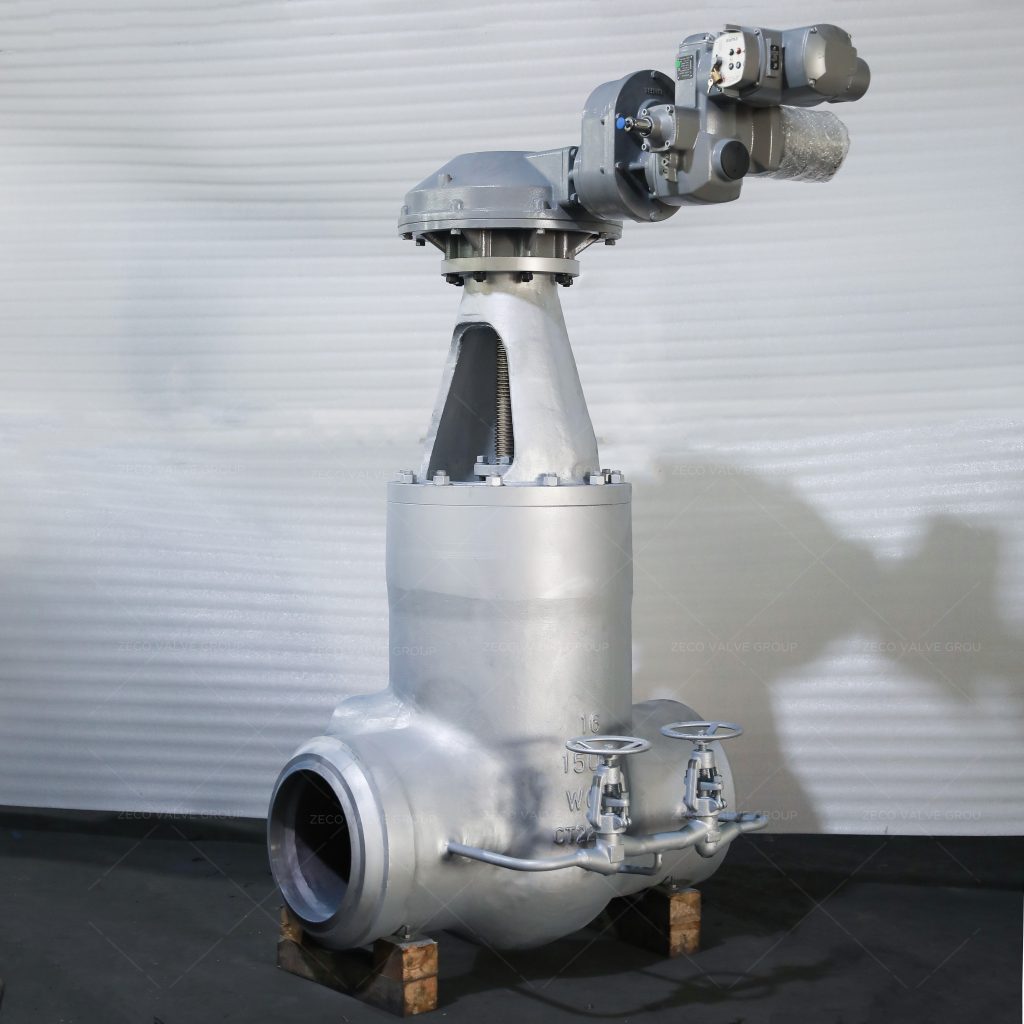valve stem puller
venturi valve
barton 450c
1 ball valve
Gas regulator values in modern factory applications regulating valve and other instruments used in conjunction
They can realize the function of automatic adjustment and remote control of process parameters such as flow rate, liquid level, pressure, temperature and other media such as liquid, gas, steam, etc. in the production process. A gas regulator valve, especially the pneumatic diaphragm control valve, plays a critical role as the final execution mechanism of an automatic control system. The performance of control valves directly affects the quality and safety of production.
Common faults of gas regulator valves, analysis of causes and solutions
- The valve does not work. Causes: no signal pressure or damaged/leaking diaphragm, decreased diaphragm thrust; valve stem stuck with valve seat or liner, or bent valve stem, etc. Solutions: connect signal and air supply firmly or replace diaphragm; straighten valve stem or replace valve stem.
- The valve is working normally but not regulating properly. Causes: valve core fall-off or pipeline blockage. Solutions: connect valve core and stem firmly or clear pipeline blockage.
- The valve moves slowly or jumps. Causes: aging or dryness of sealing packing increases friction between valve stem and packing; viscous dirt, blockage, coking, or leakage of diaphragm and O-ring seals. Solutions: replace packing and readjust it; clear dirt, coking, etc.; tighten diaphragm head, or replace diaphragm and O-ring seals.
- The gas regulator valve is unstable or oscillating. Causes: valve diameter is too large; the medium of single-seated valve flows in the same direction as closure direction. Valve core and guide sleeve are severely worn. Solutions: replace a valve with a suitable diameter; adjust the valve direction; improve the mating surface (grinding) or replace valve core and guide sleeve.
A typical maintenance plan for common faults of gas regulator valves
For example, in a PVC production line of a chemical plant, a single-seated control valve is used, and the whole line produces 100,000 tons of plastic particles annually. There are two production lines in the compression, conversion, and fractionation sections of the plant. Except for compression, many control valves are heavily used in the conversion and fractionation. The working environment of each gas regulator valve is completely different, and there is usually only one control valve on each pipeline. Some control valves also have bypass valves next to them, which can be manually controlled to ensure normal production when the control valve fails. Therefore, before disassembly and inspection, it is necessary to analyze the cause of the control valve failures carefully and develop a perfect maintenance plan.

Related News & Blog
The China 7TH National Exchange Conference
Weidouli Valves to Present at the China 7TH National Hydrometallurgical Engineering Technology Exchange Conference on April 24th to 26th, 2019April 24th to 26th, 2019 in Xiamen,Fujian/ Weidouli Valves…
The Suitability of Inconel Valves for High-Temperature Applications
Inconel valves have rapidly gained popularity in various industries due to their outstanding performance and durability in high-temperature applications. These valves, produced by Weidouli Valves, off…
The Difference Between Knife Gate Valve and Ordinary Gate Valve
There are many types of gate valves, knife gate valve is one of them, also called knife gate valve. Gate valve can be divided into flat gate valve and knife gate valve according to the structure type….